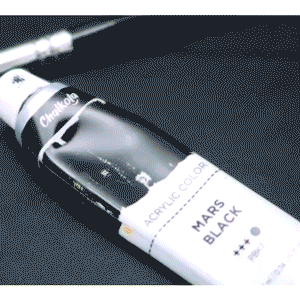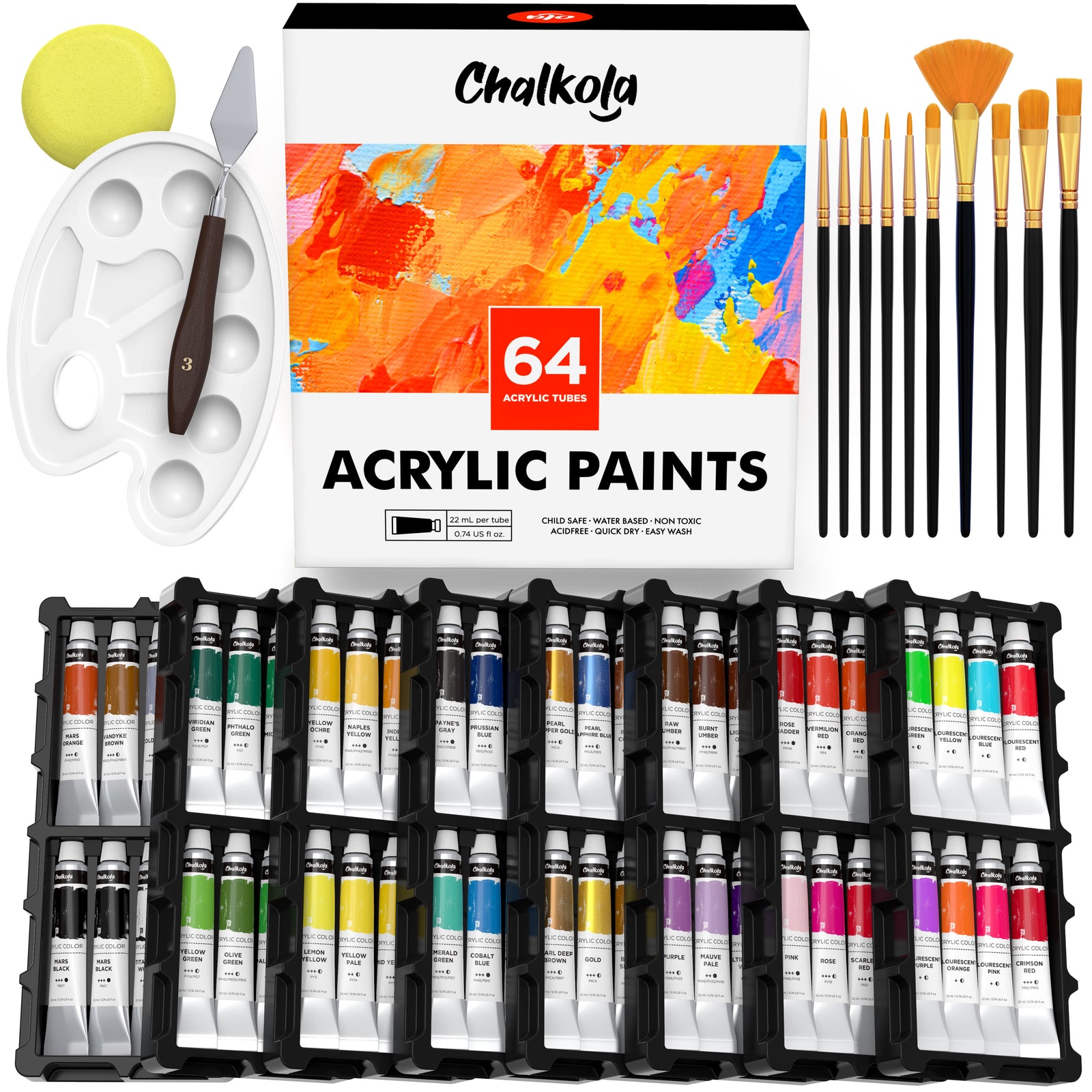
Ever wondered how Vincent van Gogh’s famous masterpiece The Starry Night (1889) continues to appear ‘vibrant, alive, and moving’ even after a century has passed since its creation? You can chalk it up to his brilliance and the impasto painting technique, a method he used in a number of his artworks. Impasto has been around since the 17th century, when Baroque painters such as Rembrandt, Frans Hals, and Diego Velazquez used this technique to depict creased and wrinkled skin or the sparkle of crafted armor, jewelry, and rich fabrics in their paintings. Fast forward to today, impasto is still very much used by all kinds of artists, whether for hyper realistic paintings or abstract pieces.
What is Impasto Painting?
Impasto is a painting technique where paint is applied on an area of the canvas in thick layers, usually thick enough that the brush or painting knife strokes are visible. The paint can also be mixed straight on the canvas. When dry, impasto provides texture, depth, and dimension, as if the painted artwork is sticking out of the canvas–adding a sense of movement and emotion to the piece.
You can use oil paint and acrylic paint for impasto because of their thick consistency and slower drying time. Watercolor and tempera aren’t recommended for this method, unless you use a thickening agent to achieve a richer consistency.
Is Impasto Painting Hard?
With the right tools, definitely not. Impasto actually allows you more freedom and flexibility to experiment with strokes, dabs, and movement to achieve a textured and layered application. The more visible the strokes, the livelier your artwork. You just have to find the right mediums that suit your style. Some prefer using brushes whereas others prefer using a painting knife. With practice, you’ll soon figure out what works for you.
Today, we’re going to show you how to do impasto painting using Chalkola Acrylic Paint. Compared to oil paint, Chalkola acrylics are non-toxic, odorless, and water-based, making them easier to use and clean. They also work well on virtually any surface, so you’re not limited to using just canvas. You can paint on ceramics, smooth rocks, paper, clay, wood, fabric, leather, and more. Simply put, acrylic paint is the most versatile and convenient paint medium that allows you to achieve varying results depending on how you blend or apply it.
To get started on our impasto painting, you’ll need the following materials:
- Chalkola Acrylic Paint
- Chalkola Canvas Panel
- Paint palette
- Flat brush (no. 12)
- Palette knives
- Impasto gel
Watch now and start painting like a pro!
Steps:
- Lay out your materials. Using your flat brush, paint your canvas sky blue. Once you’ve covered the whole surface, paint soft clouds at the top part.
- On your paint palette, mix an equal amount of Olive Green and impasto gel to produce a creamy and thick texture.
- With your palette knife, pick up some of that mixed Olive Green paint and apply it on your canvas in a downward motion to create the flower stems. Repeat this motion until you fill up the bottom part of the canvas with stems.
- Next, mix Yellow Green with impasto gel, and then apply it on the stems to add layers.
- Then, pick your preferred yellow shade for the flowers, add impasto gel, and start applying it on top of the stems. Don’t be afraid to paint over the edge of the canvas–this will actually make your artwork look more textured and two-dimensional!
- Add flowers in different colors, like white, lilac, pink, or red, or use all these colors together to make your artwork pop with vibrant hues.
Wasn’t that easy? You’ve just created a beautiful impastoed masterpiece! If you want to explore more ideas on how to use acrylic paint with a palette knife, check out this tutorial on How to Create a Fall-Themed Acrylic Painting, and get inspired to try out different paint strokes and applications. Happy painting!



